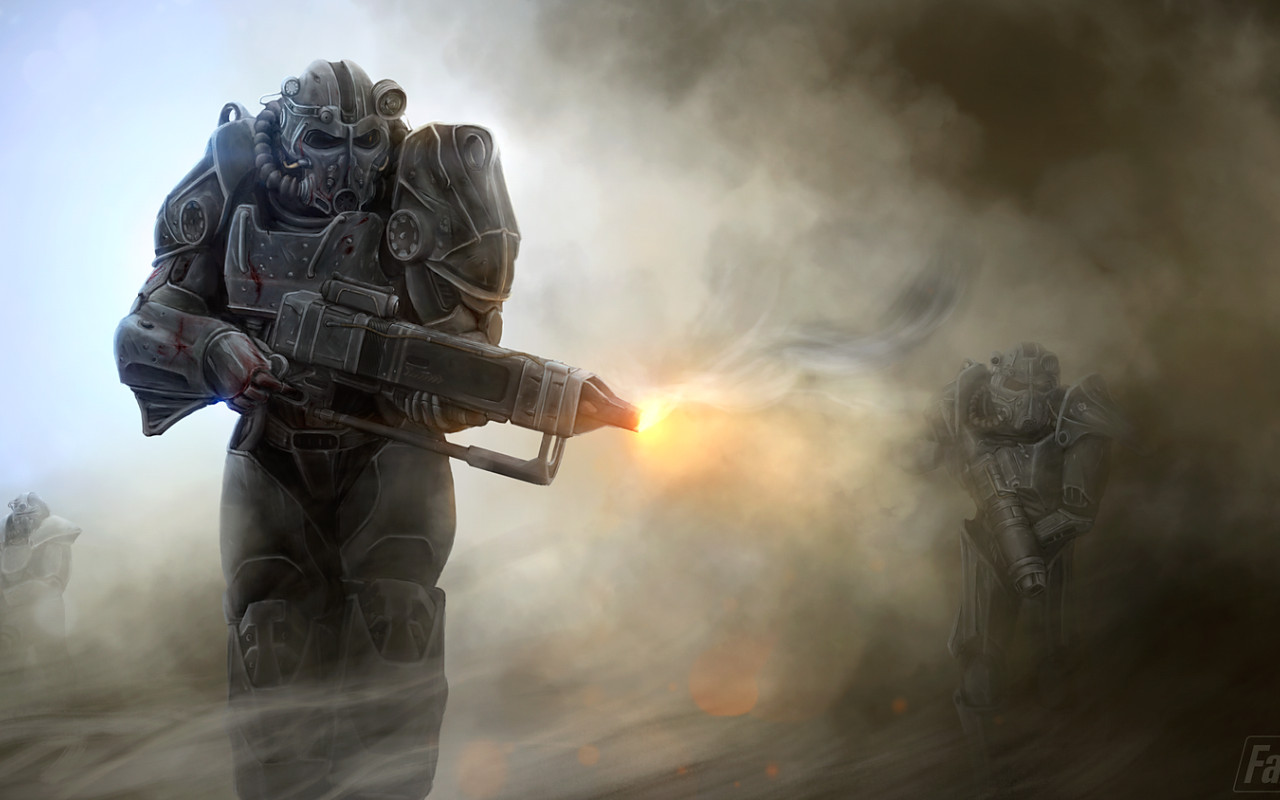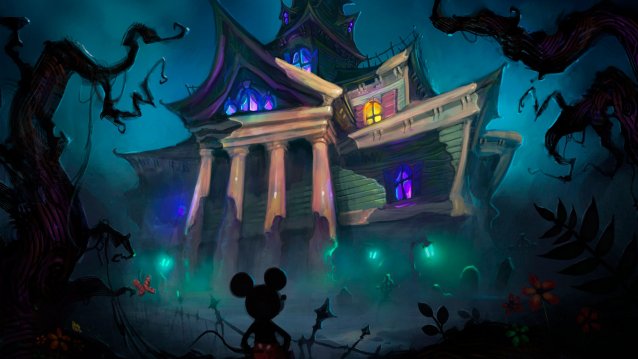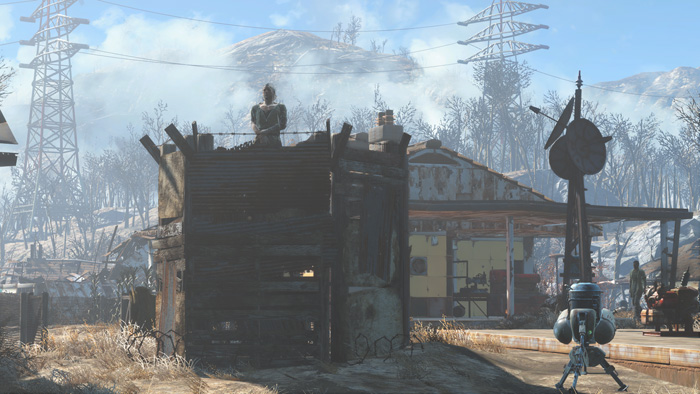

Remember WarGames? That '80s film where Matthew Broderick plays a school kid who inadvertently hacks into the US military's defense mainframe and plays a game of Global Thermonuclear War? DEFCON is that game in all but name: a world map in glowing outline, showers of vector-graphics warheads arcing between superpowers, and the silhouettes of subs creeping ominously across international waters.
The war plays out in silence but for a ghostly soundtrack of unsettlingly off-key tones, coughing and soft sobbing, and a low rumble each time a nuclear ICBM stains the map with a white disc of lethal radiation. Popup text announces the millions dead. It's slow, dark and sinister.
The point of WarGames was that nuclear war is unwinnable, that every aggressor incurs unacceptable losses. The point of DEFCON is to do it anyway, and inflict even less acceptable losses on your friends (online or LAN) or the AI (an acceptable punching bag for training, but no more).
A game with more than two players quickly becomes an extinction-level event for the human race. The winner is the player who causes the most civilian casualties and incurs least himself, with the emphasis placed firmly on the former: two points for every million killed, minus one for every million lost.
In DEFCON's artistically licensed rebalancing, the modern world is dominated by six equal superpowers: North America, South America, Europe, Africa, Russia and Asia. The conflict escalates through the five DEFCON stages.




 How to play Watch Dogs on DirectX 10 supported Graphics Card
How to play Watch Dogs on DirectX 10 supported Graphics Card Weird Room Escape Walkthrough
Weird Room Escape Walkthrough How to Attract More Settlers to Your Settlement in Fallout 4
How to Attract More Settlers to Your Settlement in Fallout 4 3 Lies About Gamers That People Still Believe
3 Lies About Gamers That People Still Believe Dark Souls 2 Level Up Guide
Dark Souls 2 Level Up Guide